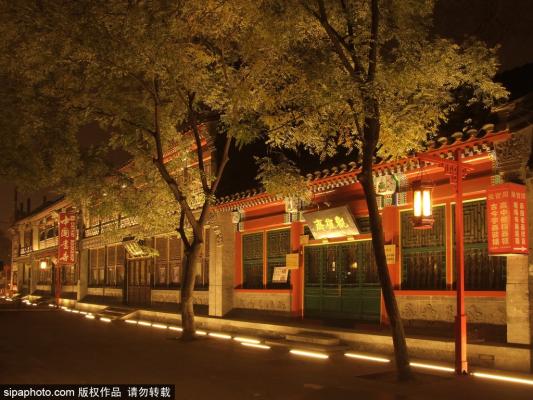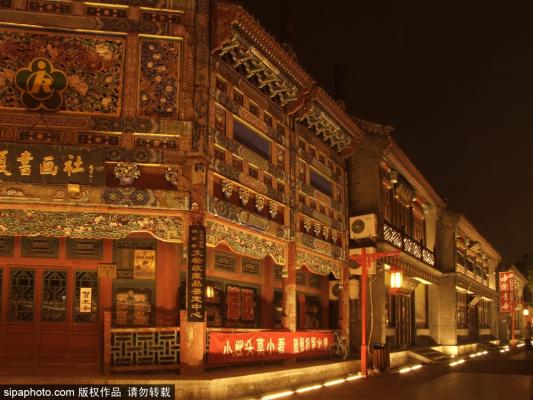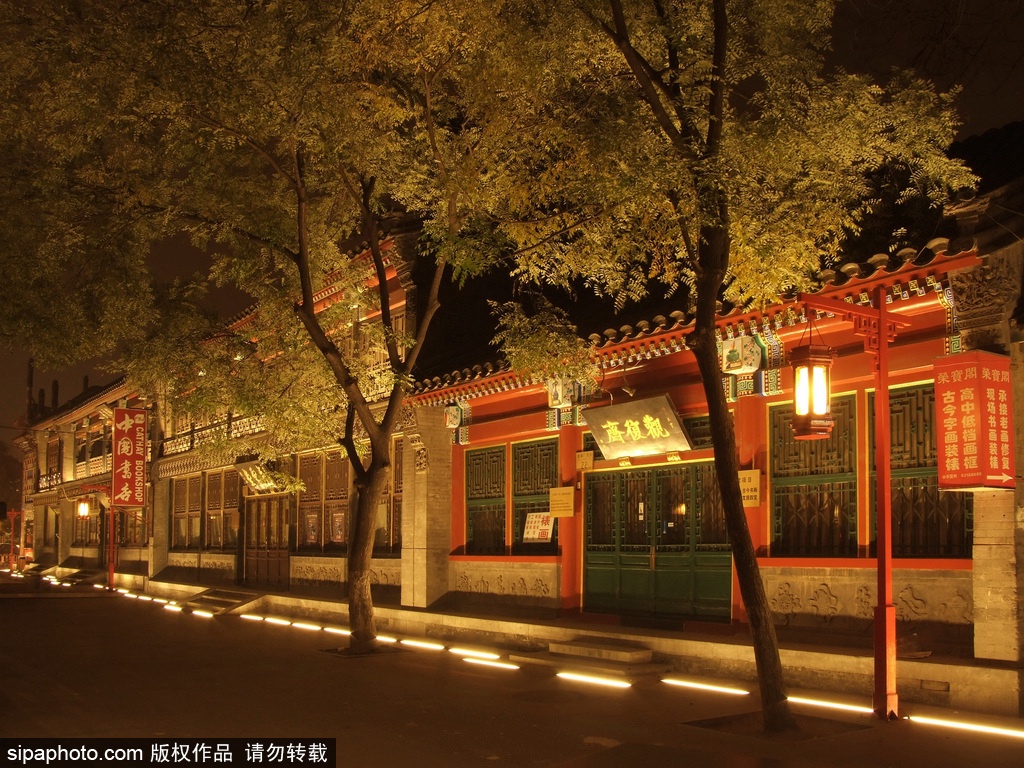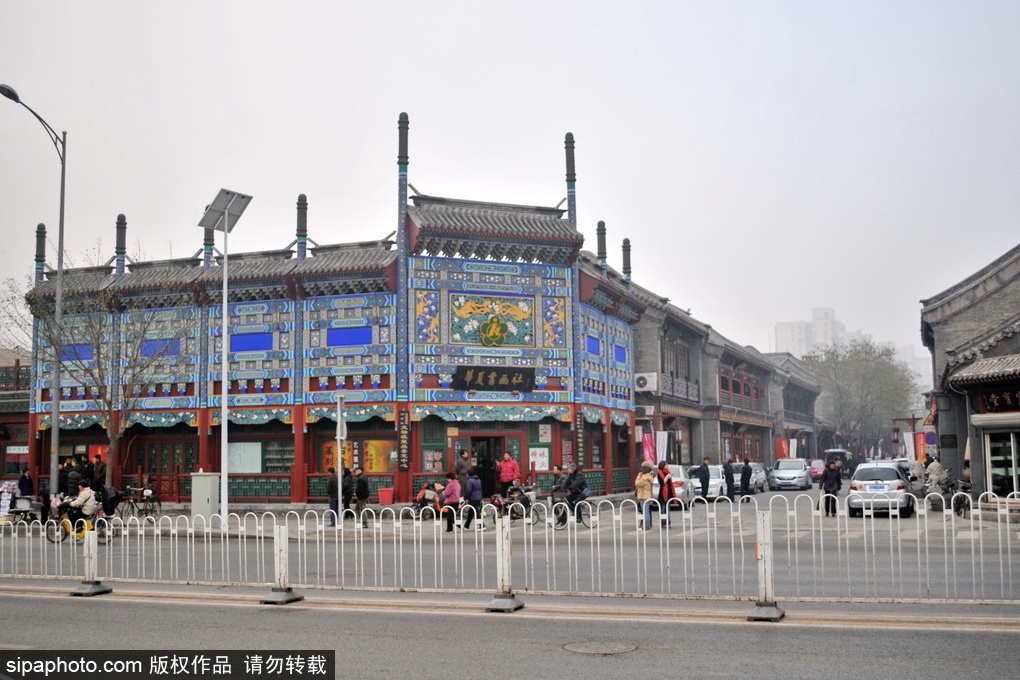Liulichang Culture Street (琉璃厂文化街)
The Liulichang is a famous district in down-town Beijing that is known for a series of traditional Chinese stone dwellings housing selling various craftwork, artistry, and antiques.
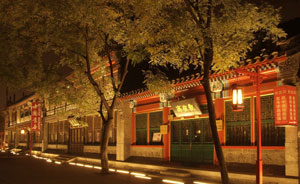
-
Tel:
+86 10 63024929 -
Best Time to Visit:
All Year -
Duration:
1 hour -
Admission:
Free Free -
Opening Hours:
All day
Description
Liulichang Culture Street (琉璃厂文化街)
Liulichang Street originated from the Qing Dynasty when it was a favorite haunt for Juren (people who passed the national exam in the imperial examination system of Imperial China) who came to Beijing to attend the imperial examination. For this reason, many shops located on the street were selling books, writing brushes, ink sticks, paper and ink stones, forming a strong cultural atmosphere here. Even today, there are nearly 100 such shops along the street, represented by such time-honored bran...
Read MoreLiulichang Culture Street (琉璃厂文化街)
Liulichang Street originated from the Qing Dynasty when it was a favorite haunt for Juren (people who passed the national exam in the imperial examination system of Imperial China) who came to Beijing to attend the imperial examination. For this reason, many shops located on the street were selling books, writing brushes, ink sticks, paper and ink stones, forming a strong cultural atmosphere here. Even today, there are nearly 100 such shops along the street, represented by such time-honored brands as Rong Bao Zhai and Bao Gu Zhai that offer ancient and modern calligraphy and paintings, as well as Yun Gu Zhai and Cui Zhen Zhai that sell goldware, jade and porcelain. Definitely, these antique shops provide a perfect environment for you to find a calm state of mind.
It is a famous district in down-town Beijing that is known for a series of traditional Chinese stone dwellings housing selling various craftwork, artistry, and antiques. It is one of Beijing's traditional old quarters. Located outside the Heping Gate in Xuanwu District, it has a long history. Early in Liao Dynasty (916-1125), it was a village called "Haiwang". The street's name literally translated as "Beijing Colored Glaze Factory Street", which indicated its historical role. In Yuan (1271-1368) and Ming (1368-1644) Dynasties, a colored glaze factory was set up here. In the early Qing Dynasty (1644-1911), antique dealers transacted their business on the street which turned it into an antique market. The factory has now gone but its name remains.
Since liberation, great changes have taken place in this old street. In 1980, the street was rebuilt to house 54 of China's time-honored brands. For example, Rongbao Zhai, a treasure house of precious calligraphy and paintings. The China Book Store, where visitors can buy duplicates of Chinese ancient books. Bao Gu Zhai attracts many people for its innumerable famous artists' works and beautiful embroidery.
Being endowed with so many Chinese ancient treasures, it really deserves a visit to experience the Hutong culture. It is a popular destination for tourists who wish to experience the commercial aspect of popular Chinese folk artwork in Beijing without the bustling traffic.
